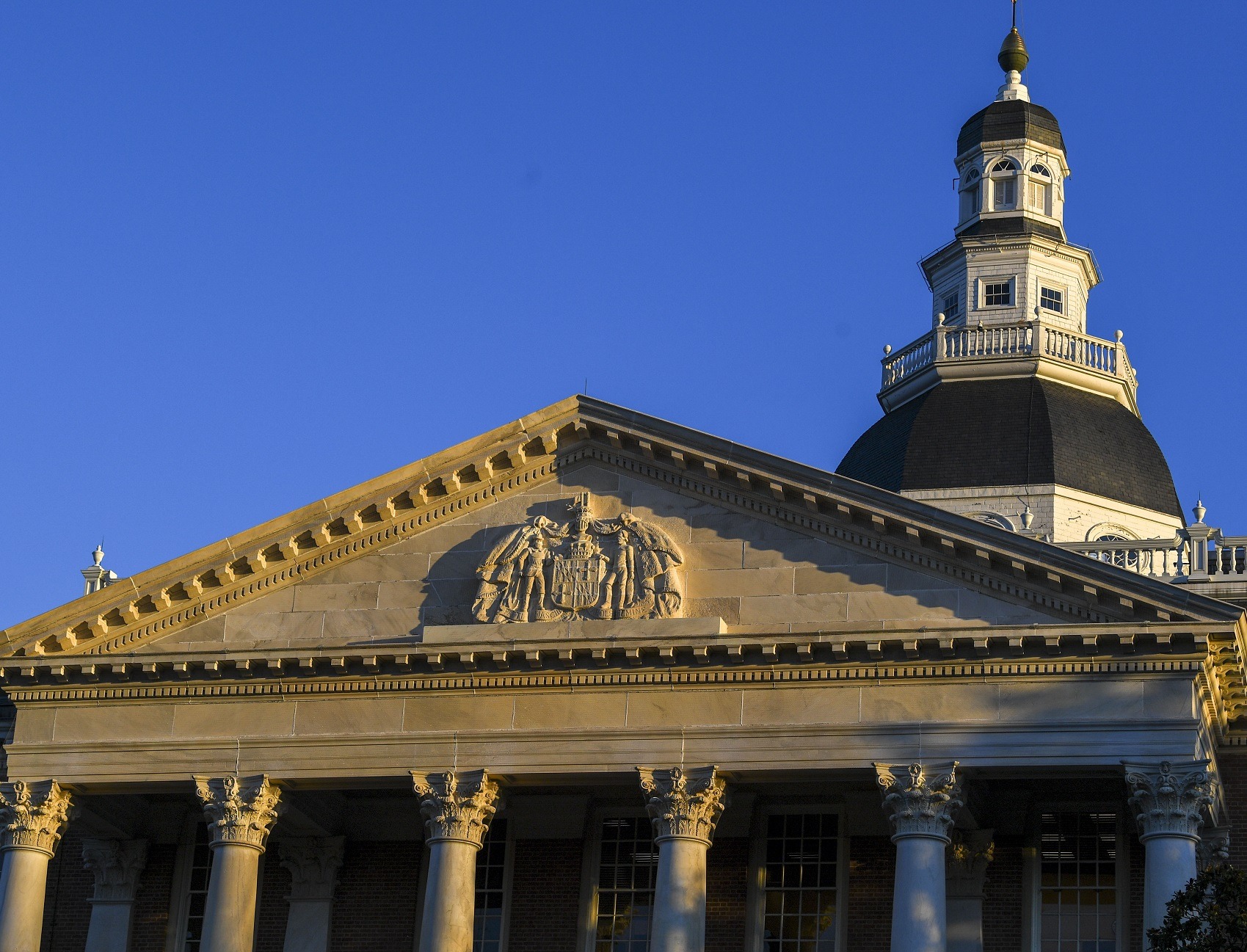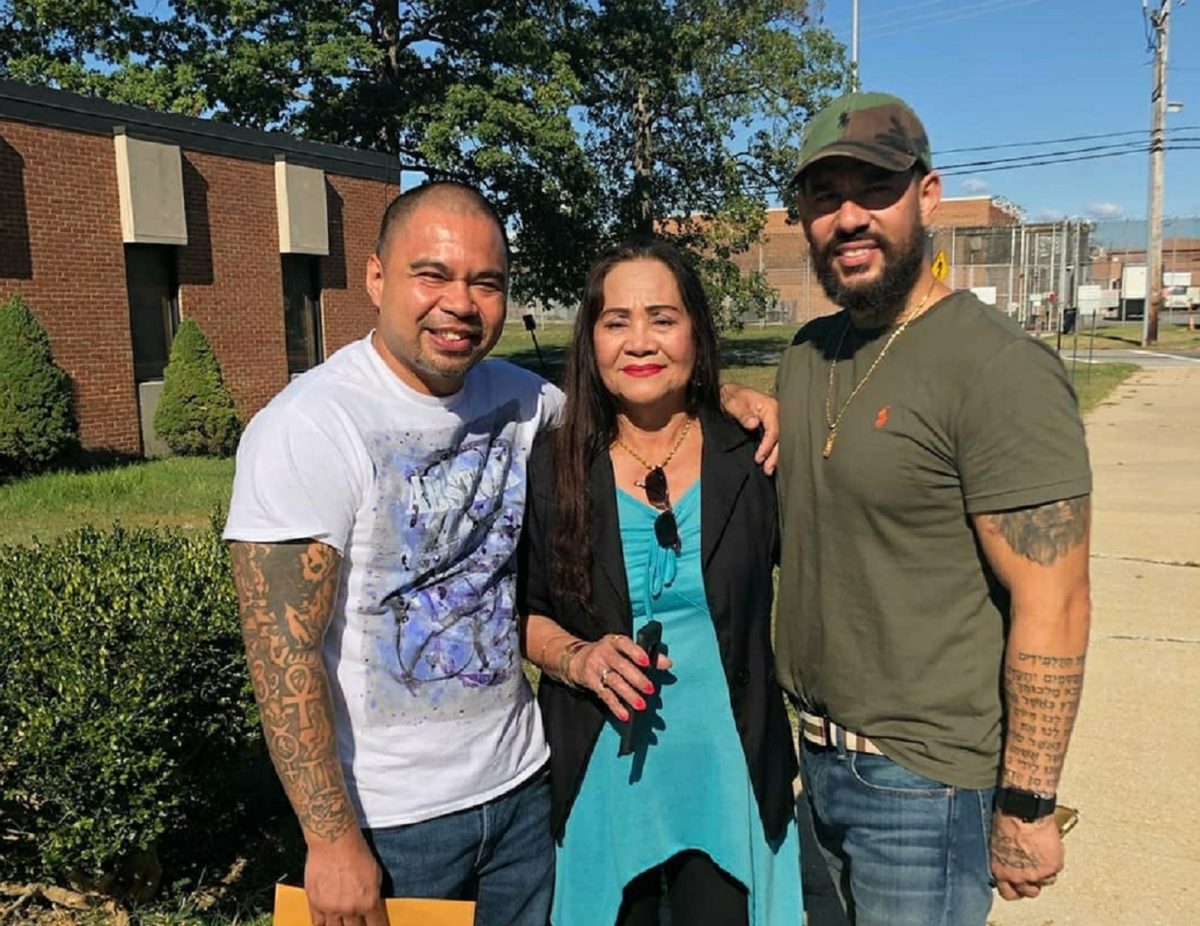Political Report
Maryland Bans Sentencing Children to Life Without Parole
The bill gives hundreds of people an opportunity to petition for earlier release.

The bill gives hundreds of people an opportunity to petition for earlier release.
Maryland has banned life without the possibility of parole for people convicted of crimes that occurred when they were children. On Saturday, the Democratic-run legislature overrode Republican Governor Larry Hogan’s veto of the legislation.
Maryland is the 25th state, in addition to Washington, D.C., to bar these sentences. With the vote, hundreds of people will have an opportunity for earlier release.
“I had anticipated that Governor Larry Hogan would veto the bill but had full confidence that the Maryland General Assembly would do the right thing,” said Fatima Razi, co-founder and executive director of the Maryland Juvenile Justice Coalition. “This body of legislators has brought me closer to restoring my faith in Maryland’s justice system.”
The legislation, Senate Bill 494, known as the Juvenile Restoration Act, applies retroactively. It allows anyone who has served at least 20 years for a crime that occured when they were a minor to petition the court for a sentence reduction, including if they were sentenced to life without the possibility of parole. The court then must hold a hearing where a judge should consider a number of factors, including the offense, evidence of rehabilitation, childhood trauma, and victim statements. A person whose petition is denied can request a hearing two more times, three years apart.
In Maryland, nearly 50 people were serving a juvenile life without the possibility of parole sentence as of December, but the law’s impact extends to hundreds of others who were sentenced to lengthy prison terms or life with parole. More than 300 people, who were not sentenced to life without the possibility of parole, will be immediately eligible for resentencing because they have already served more than 20 years for offenses that occurred when they were children, according to the Campaign for the Fair Sentencing of Youth.
Of the more than 400 people immediately eligible for resentencing, over 85 percent are Black, according to the campaign.
In Maryland, the overwhelming majority of children tried as adults are Black, according to the state’s racial impact analysis of SB 494. From July to December 2019, more than 80 percent of the 459 children charged as adults were Black.
The growing movement against police violence and white supremacy in the wake of the killing of George Floyd in Minneapolis helped spur the passing of SB 494, say its supporters.
“As instances of police brutality have come to the fore of mainstream consciousness, the nation is reckoning with a reality that impacted communities have known all along—there is a throughline from slavery to our current-day criminal justice system,” said Erica Suter, a post-conviction appellate attorney and first vice president of the Maryland Criminal Defense Attorneys’ Association. “I think we have reached a boiling point where none of us have the luxury of looking away any longer.”
A diverse coalition, including victims’ family members and State’s Attorneys Marilyn Mosby and Aisha Braveboy, supported SB 494, which passed with bipartisan support. But their colleagues were some of its most vocal opponents. Hogan’s veto message listed 14 state’s attorneys, including Baltimore County State’s Attorney Scott Shellenberger, who urged him to veto SB 494. He did not mention Mosby or Braveboy, who represent two of the state’s most populous regions, Baltimore City and Prince George’s County.
But those who petition for sentence reductions could still spend the rest of their lives in prison, said Suter. The bill does not guarantee release for people convicted of crimes that occurred when they were under the age of 18.
“[SB 494] gives hope and an opportunity to a huge population in our prisons,” said Suter. The bill, she said, does not go far enough.
“Unfortunately there are some judges in some jurisdictions who are not, who I’m afraid will not, be persuaded,” she said, “no matter how many good things someone has done.”
—
The United States is the only known country that sentences children to life without the possibility of parole, according to the Sentencing Project. At the start of 2020, approximately 1,400 people were serving life without the possibility of parole for crimes that occurred when they were children. But more states are rejecting this practice.
“We’ve fortunately seen this dramatic national trend away from life without the possibility of parole for kids and other very extreme sentences,” said Preston Shipp, a former prosecutor who is now senior policy counsel with the Campaign for the Fair Sentencing of Youth. “This is not a partisan issue, it’s a moral issue.”
In 2012, the Supreme Court banned mandatory juvenile life without the possibility of parole sentences. About four years later, the court made that decision apply retroactively, which meant about 2,000 people who had been automatically sentenced to life without the possibility of parole could receive resentencing or parole hearings.
Since then, many states have chosen to abolish these sentences altogether. In January, Ohio Governor Mike DeWine, a Republican, signed legislation that provides an opportunity for parole after a certain number of years served for those convicted of crimes that occurred when they were children. Similar legislation passed last year in Democratic-run Virginia.
On Thursday, North Carolina Governor Roy Cooper, a Democrat, issued an executive order that establishes a clemency board to review petitions from those who have served at least 20 years for crimes committed when they were minors.
But more work is needed to ensure children, as well as young adults, do not spend decades in prison, say youth justice advocates.
The Supreme Court’s 2012 decision was based, in part, on research that shows the adolescent brain is “not yet fully mature in regions and systems related to … impulse control, planning ahead, and risk avoidance,” Justice Elena Kagan wrote for the majority, quoting from an amicus brief filed by the American Psychological Association.
These traits do not end on a person’s 18th birthday. Research has shown the brain keeps developing until a person is in their mid-20s. Recognizing this, Washington, D.C., approved a law in January that will allow people serving life sentences to file for a sentence reduction for offenses that occurred before they were 25. Previously, this consideration was only extended to people convicted as minors. (Congress has the power to block laws passed by D.C., so the law will not be enacted until later this spring after a waiting period passes; Congress is not expected to intervene.)
Other states, including Illinois and Washington, have also created pathways for the early release of people who were convicted as young adults. The Maryland Court of Appeals is now considering a rules change to permit some people who were under 25 at the time of the crime to petition for a sentence modification after serving 15 years.
“There’s really no reason to draw the line arbitrarily at 18,” said Riya Saha Shah, managing director of Juvenile Law Center.
Warren Hynson, who spent more than 25 years incarcerated in Maryland, told The Appeal he was held with other men who, like him, arrived in prison in their mid to late teens. They should be given a chance, like he was, to return home and succeed, he said. “It’s devastating for a human being to feel that he or she has no hope,” said Hynson. Suter represented Hynson during his parole process.
In 1992, when Hynson was 17, he was sentenced to natural life, with the possibility of parole, for felony murder. When the judge sentenced him, he assumed he would be home in five years. Hynson only began to understand his sentence when he got to prison.
“I felt, man, this is where I’m going to die.” he said. “I started meeting dudes, that’s older, with gray hair, gray in their beards. And they said they’ve been locked up since they were 15, 16 years old.”
While incarcerated, Hynson said he was a youth mentor, attended classes, and worked on his art, even having his pieces exhibited at a local college. In 2001, he was resentenced to life suspended and 43 years. In 2016, the parole commission recommended him for parole, but Governor Hogan denied it. Hynson went home in 2019, when he was 45 years old.

Hynson and his fiance now live minutes from his mother’s home in Maryland. After he gets home from work, he creates art, and intends to exhibit at future shows.
“People do change, people do grow, people do evolve into better human beings,” said Hynson. “Don’t throw us in prison and throw away the key. Don’t throw us in prison and not give us any tools to grow.”
Disclosure: Juvenile Law Center and the Campaign for the Fair Sentencing of Youth were sponsors of Elizabeth Weill-Greenberg’s interview-based play on juvenile life without parole, “Life, Death, Life Again: Children Sentenced to Die in Prison.”
